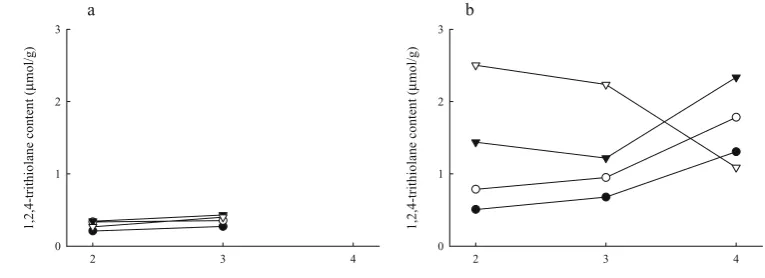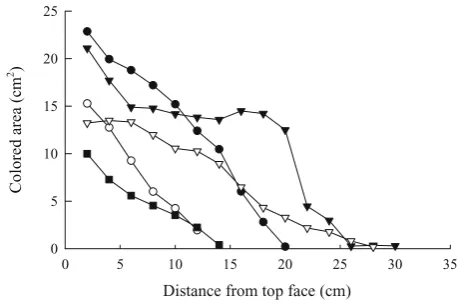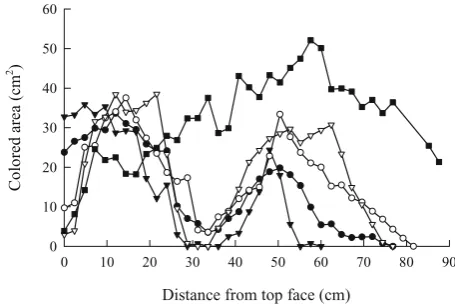The smell and odorous components of dried shiitake mushroom, Lentinula edodes VI: increase in odorous compounds of dried shiitake mushroom cultivated on bed logs
Full text
Figure



Related documents
Abstract: This study examines the unique experience of participants who during their reintegration back into the community, following a conviction for sexual offending, re-
Thus, in order to reveal the lesions causing G:C-C:G transversions, it is important to investigate guanine oxida- tion products that form base pairs by hydrogen bonding with
Keywords: Blood–brain barrier, Choroid plexus, Brain interstitial fluid, Cerebrospinal fluid, Fluid secretion, pH regulation, Potassium regulation, Sodium transport,
We therefore performed hierarchical clustering of mutations in a subset of genes frequently altered in CRC ( n = 61 genes) in the Japanese cohort of non-hypermutated patients ( n =
At week 4, samples from the STAT mice that would later develop insulin resistance or NAFLD had significantly lower MAZ scores than controls ( p <0.001), but differences were lost
SRL mice also showed a marked increase in inflammatory cells in the joint space on day 7 compared with normal control mice, on day 14 the inflammatory cell infiltration was tended
This study was carried out to probe genetic diversity among 21 maize genotypes using 20 inter simple sequence repeat (ISSR) markers.. We identified a total of 190 polymorphic
The white, blue and red LED illumination (each of 2 types) were used and the activated sludge growth and their waste water treatment abilities were investigated.. We did not find